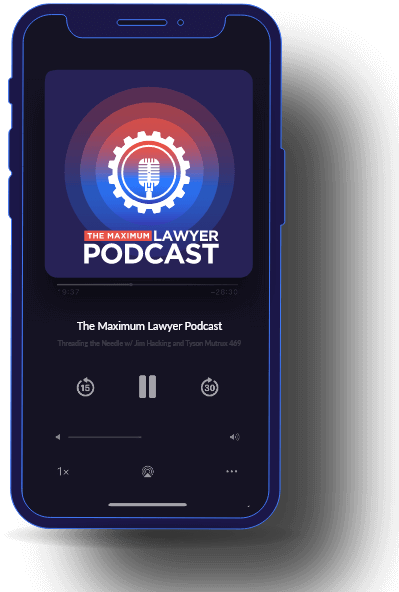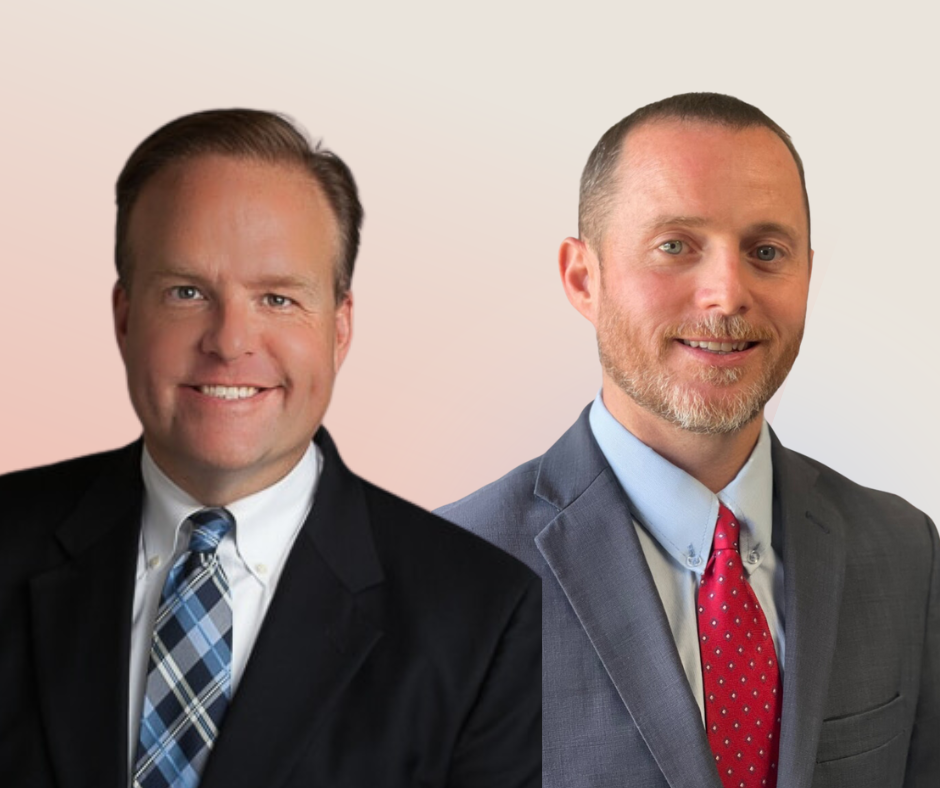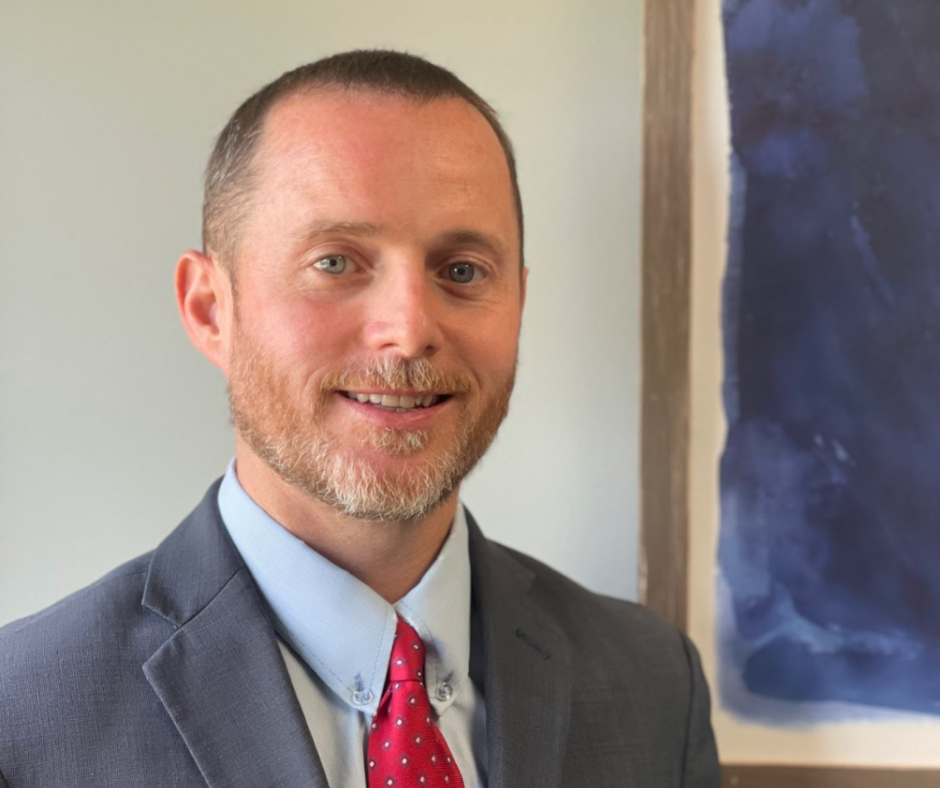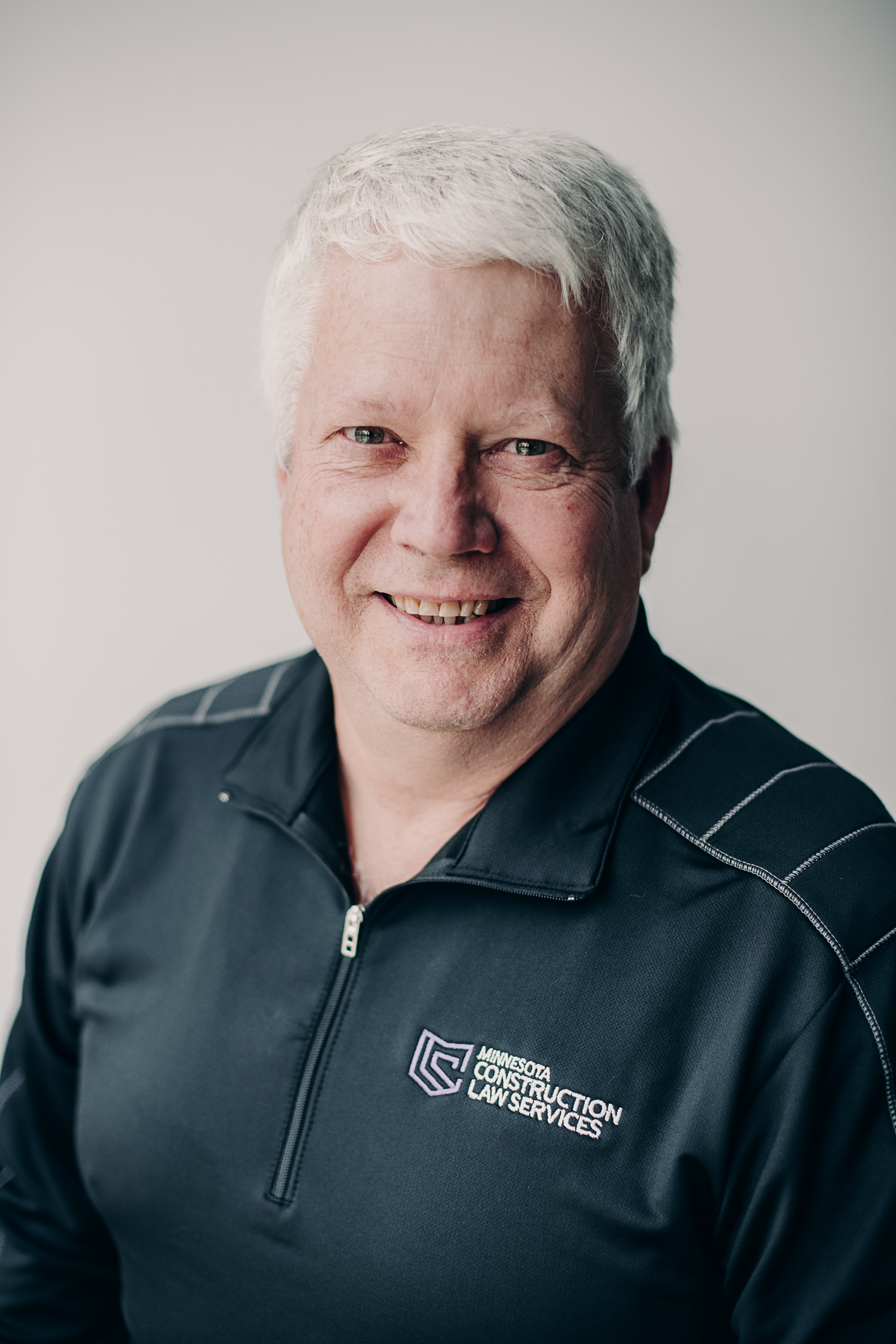Do you struggle with keeping realistic expectations? In this episode of the Maximum Lawyer Podcast, Tyson and Jim share their insights on unbridled optimism and how it relates to the field of law.
Today we're excited to share a presentation by Dave Frees from MaxLawCon 2021! Tune in to learn what spies, interrogators, and special forces operators can teach you about having a better and more profitable practice.
Mr. Frees heads the Firm’s Trust, Estate and Wealth Preservation Section, and Co-chairs the Elder Law Solutions section of the Firm. He serves or has served, on the boards of multiple trust companies and trust committees. Dave has appeared on National Public Radio (NPR), and is a frequent speaker in the areas of trust and estate planning and administration and communication and presentation skills. He has been awarded the designation of Pennsylvania Super Lawyer in Philadelphia Magazine in multiple years (by Super Lawyers©, a Thomson Reuters Company). Dave was named as a “Top Lawyer” in Trusts, Wills, and Estates by Main Line Today Magazine.
2:49 the handshake interrupt
5:07 force multipliers
8:48 deploying tactics
12:47 flash of blue
17:31 just keep the milk in the cup
21:03 subtle tweak in the content
25:00 direction for my law firm
30:19 yes you can
36:48 the time value of money
41:40 what are their gains and pains
45:14 loop back in
Watch the podcast here.
Join the Guild: www.maxlawguild.com
Tickets to MaxLawCon 2022 are available now! Join us for the best conference for legal entrepreneurs at the Ameristar Casino, Resort, and Spa in St. Charles, MO on Thursday, June 2nd, and Friday, June 3rd!
Guild Membership
Free Access to Stage 1 of Maximum Lawyer in Minimum Time
Sign Up Today!Customer Reviews
4.9 out of 5
Join Our Facebook Group
Enjoy Exclusive Access To Stage One Of The Maximum Lawyer In Minimum Time Course
Privacy Policy
This privacy policy has been compiled to better serve those who are concerned with how their ‘Personally Identifiable Information’ (PII) is being used online. PII, as described in US privacy law and information security, is information that can be used on its own or with other information to identify, contact, or locate a single person, or to identify an individual in context.
Please read our privacy policy carefully to get a clear understanding of how we collect, use, protect or otherwise handle your Personally Identifiable Information in accordance with our website.
What personal information do we collect from the people that visit our blog, website or app?
When ordering or registering on our site, as appropriate, you may be asked to enter your name, email address or other details to help you with your experience.
When do we collect information?
We collect information from you when you register on our site, place an order, subscribe to a newsletter, Use Live Chat, Open a Support Ticket or enter information on our site.
How do we use your information?
We may use the information we collect from you when you register, make a purchase, sign up for our newsletter, respond to a survey or marketing communication, surf the website, or use certain other site features in the following ways:
- To personalize your experience and to allow us to deliver the type of content and product offerings in which you are most interested.
- To improve our website in order to better serve you.
- To allow us to better service you in responding to your customer service requests.
- To quickly process your transactions.
- To send periodic emails regarding your order or other products and services.
- To follow up with them after correspondence (live chat, email or phone inquiries)




